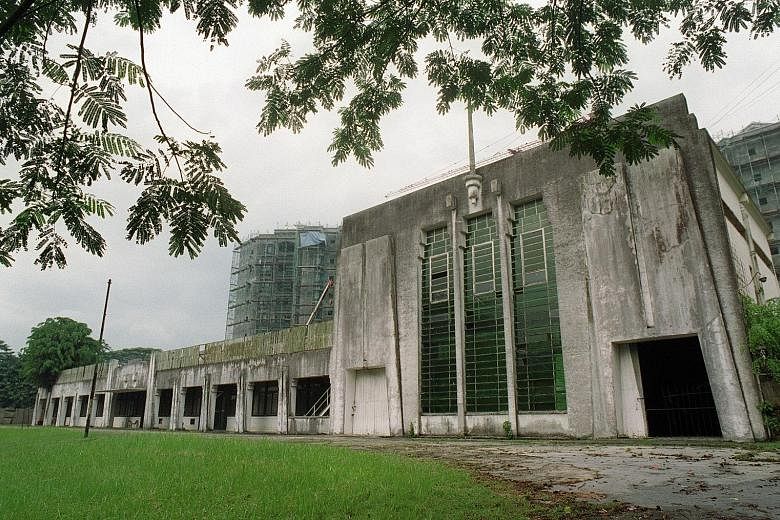The Ford Factory in Bukit Timah, built in 1941, may be the first car assembly plant in South-east Asia. But it is best known as the site of the British's surrender of Singapore to the Japanese on Feb 15, 1942.
Members of the British delegation who made their way to the factory that fateful day were a picture of dejection, as shown by records like film footage of the event.
Among them was interpreter Major Cyril Wild, who chucked aside the white flag he had carried to the meeting after he spotted the media filming the event.
Before Singapore fell, Japanese General Tomoyuki Yamashita had seized the factory and turned it into the Japanese military headquarters.
According to the National Heritage Board, Japanese automobile manufacturer Nissan used the plant for the assembly of motor trucks and other military vehicles during the Occupation.
After the war, the British Army took over the factory for two years, using it to repair engine parts, among other things.
The production and assembly of Ford motorcars resumed from 1947, but this ended in 1980 when the company moved out of Singapore.
In 1997, the building, designed in the Art Deco style by French engineer-architect Emile Brizay who was also the architect of the Church of Saint Teresa, was partially demolished for the Hillside condominium. Only its front portion was retained.
The National Archives of Singapore (NAS) took over the remaining part of the building in 2004 and spent $10 million to convert the factory space into a museum called Memories at Old Ford Factory which opened in 2006.
The former Ford Factory was gazetted as a national monument the same year.
The museum is now in the midst of a year-long revamp to update and refresh its exhibition.
For instance, it will be showcasing more original war-related records and artefacts, including those contributed by the public.
Oral history recordings are also expected to feature heavily in the revamped showcase.
Melody Zaccheus


